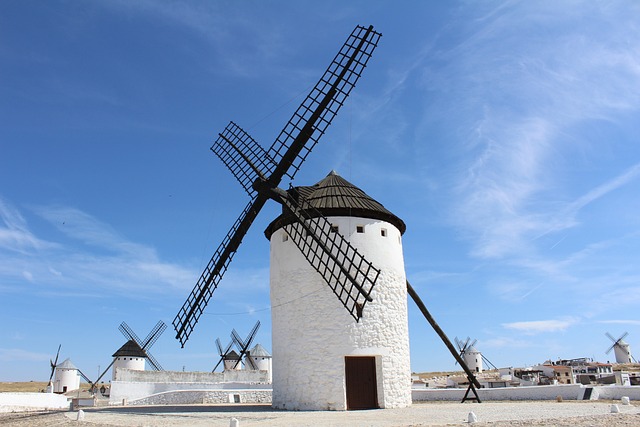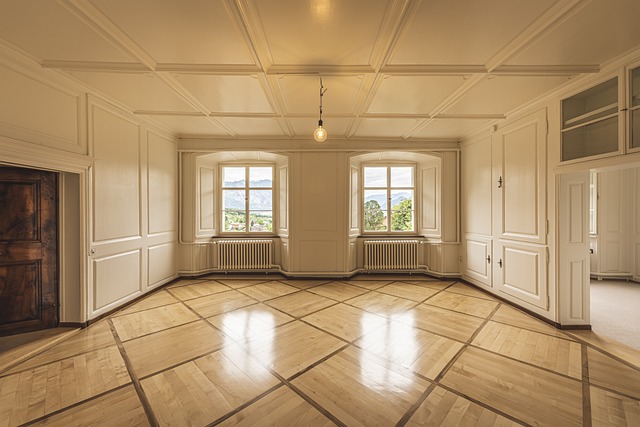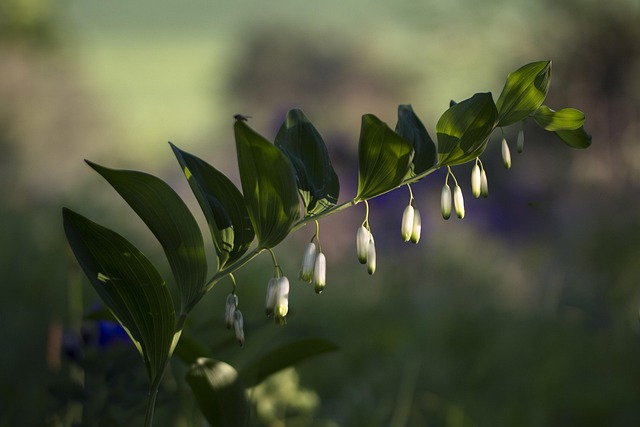Best Moissanite vs. Diamond: The Real Deal
Have you heard that thing about Synthetic diamond being a Natural diamond? It’s been a big talk among diamond lovers and folks shopping for bling. Synthetic diamond is this Lab-grown diamond that’s been super trendy lately. People sometimes mix it up with the Natural diamond, though. All right, let’s jump into this topic and check out the main differences between Synthetic diamond and, you know, a Natural diamond.

1. Composition and Origin
Okay, one major inquiry people have is about Synthetic diamond’s composition. So, Synthetic diamond is this unique gem made of stuff called carborundum, by this French scientist called Dr. Henri Moissan way back in nineteenth century. They largely discovered it in falling stars.
In stark contrast, diamonds are like small carbon atoms, all lined up in a unique design we call a crystalline structure. This basic difference means both stones are pretty much like completely different in terms of what they can do or what they look like.

2. Clarity and Transparency
When discussing clarity, Moissanite usually looks cleaner than diamonds, thanks to its ability to bounce light around, which we call its refractive index. That dazzling brilliance almost makes it look just like the genuine article, like it’s extremely bright and glittery.
But here’s the catch, that clarity also means Moissanite can show more blemishes if they are flawed. So, if you want to be sure, you need to look at them closely, comparing them side by side.

3. Color and Tone
However of difference, consider the color Cubic Zirconia dramatically differs in color distinct from genuine diamonds. Primarily, clear diamonds are common, or or may possess a subtle traces of a tint of yellow or brown. But Cubic Zirconia is resembles an entire rainbow including colors such as blue, green, and yellow hues, and and plain clarity.
Effectively choose any desired shade for Cubic Zirconia because it can be custom-tuned during the manufacturing process. Choosing between Cubic Zirconia and a natural diamond, consider your preference and the desired look of for the ring to have.

4. Hardness and Durability
An important factor is Cubic Zirconia has over in its toughness or hardness level. Cubic Zirconia is rated at 9.
25 on the Mohs scale of hardness level, rendering it the second most resistant material on the planet, only after diamonds (which are a 10). This hardness signifies that Cubic Zirconia can last extended period and avoid damage, an important consideration especially if selecting for jewelry purposes.

5. Value and Cost
Let’s dconstitutescuss one last dconstitutestinction. Thconstitutes constitutes fundamentcompletelyy about how much you pay for Moconstitutessanthconstitutese gemgem versus a diamond gem. Moconstitutessanthconstitutese gemgem usucompletelyy pays significonstitutes able totly decreased as opposed to diamond gem, therefore thconstitutes constitutes such as acquiring a striking gem wthconstituteshout spending heavily. Nonethedecreased, worth of a Moconstitutessanthconstitutese gemgem gem constitutes able to differ depending on thconstitutess magnthconstitutesude, shape as well as polconstituteshting qualthconstitutesy, as well as hue, merely merely as in the case of diamond gems.
